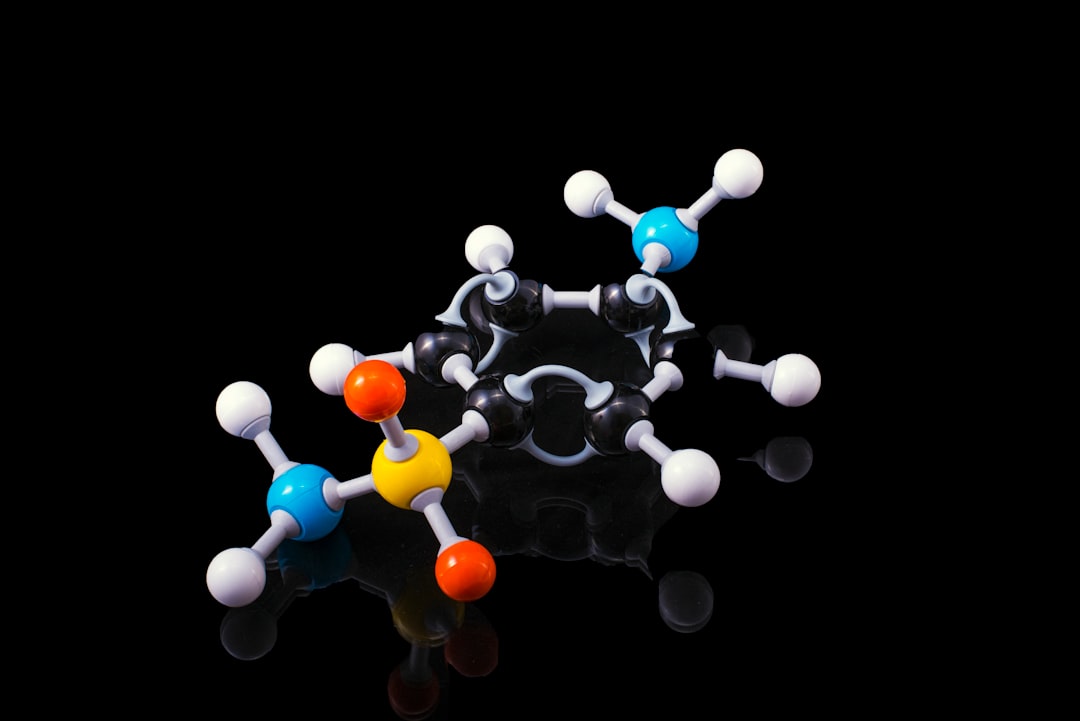What is it about?
There is a need for state and federal regulators, as well as industry, to enhance risk assessment methods and exposure monitoring approaches to be more inclusive of community involvement, especially those with environmental justice concerns. Enhanced environmental monitoring with personal and portable sensors, especially when deployed using community partnerships, can capture chemical exposures with sufficient resolution to characterize exposures down to the neighborhood level. Use of internet-linked sensors will also require thoughtful advances in management of big data to inform meaningful and time-sensitive decisions. This paper presents recent cumulative risk assessment and enhanced exposure monitoring advancements that can bridge the gap in these areas, with an eye toward involving all stakeholders, including regulators, industry, and environmental justice communities.
Featured Image

Photo by Christopher Burns on Unsplash
Why is it important?
Although environmental justice has been a stated objective for many years, a recent presidential executive order has renewed the high priority of this issue. Current approaches to risk assessment do not fully account for cumulative chemical and non-chemical stressors. In addition, conventional exposure monitoring typically fails to capture chemical concentrations with sufficient resolution for neighborhood-specific circumstances.
Perspectives
In order to advance environmental justice, exposure science must also be advanced to understand and account for both chemical and non-chemical stressors, especially at a localized level. This work presents the state of science in portable sensors and how they can be used to achieve environmental justice goals.
LeeAnn Racz
ToxStrategies Inc
Read the Original
This page is a summary of: Exposure monitoring toward environmental justice, Integrated Environmental Assessment and Management, November 2021, Wiley,
DOI: 10.1002/ieam.4534.
You can read the full text:
Contributors
The following have contributed to this page










